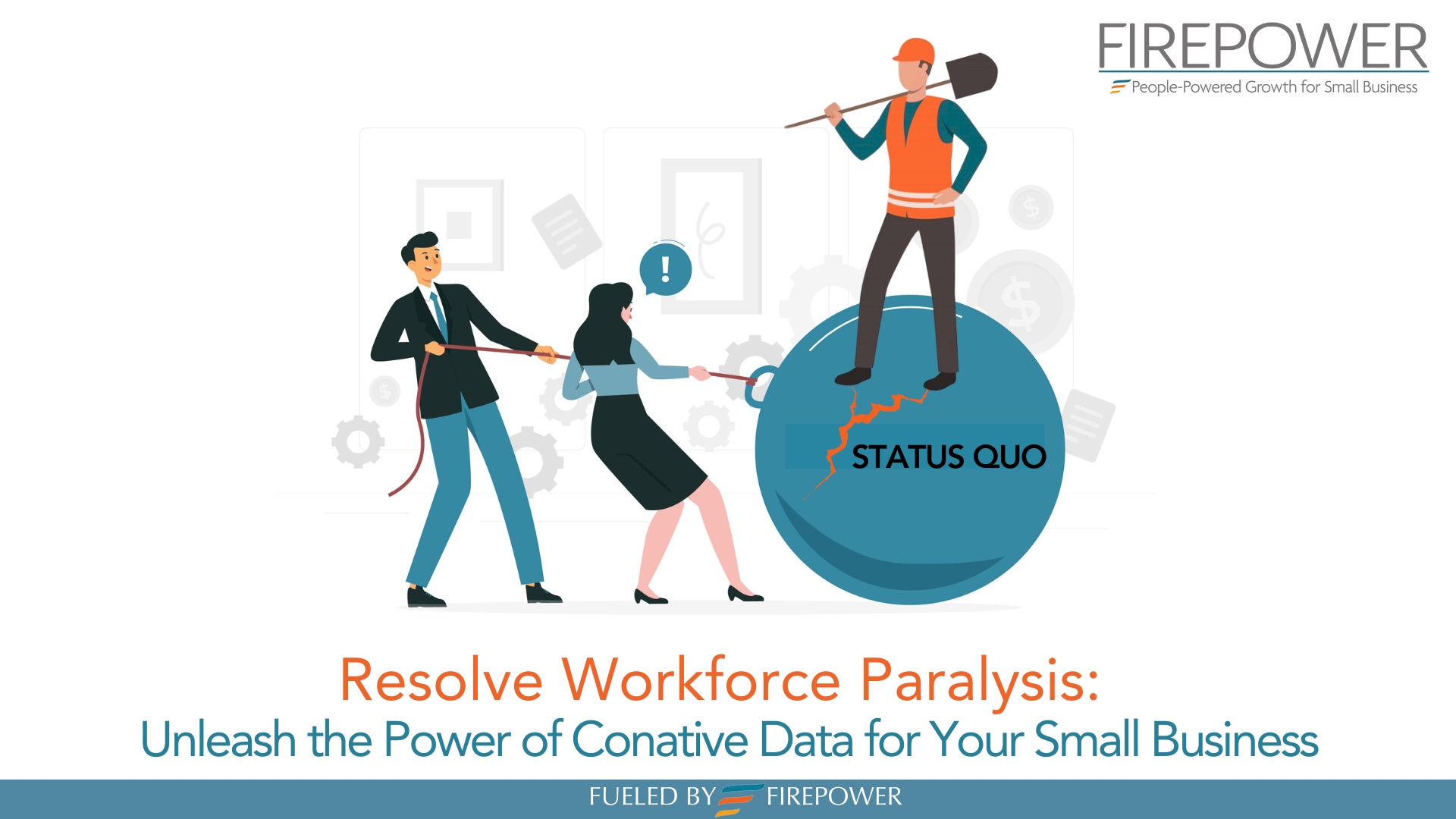Employee Recognition vs Employee Appreciation: What’s the Difference?
By Maria Forbes
September 11, 2020
The terms “employee recognition” and “employee appreciation” are often used interchangeably when describing ways to thank a company’s employees — but that doesn’t mean they are the same. While they overlap in certain areas, they are two unique engagement strategies that work in different ways. Employee recognition and employee appreciation differ in regards to how they are performed and why they are performed. By familiarizing yourself with their nuances, you’ll be able to engage your company’s employees more effectively while simultaneously achieving a lower turnout rate.
What Is Employee Recognition?
Employee recognition is an engagement strategy that involves recognizing and acknowledging employees for their work. It’s typically performed on the spot with little or no planning. When you encounter an employee in the workplace who’s excelling at his or her job, you can recognize the employee. Recognition is a form of a positive feedback in which you acknowledge an employee for his or her work.
You can recognize an employee by saying, “Keep up the good work!” It only takes a minute of your time, but this otherwise small gesture provides reinforcement. The employee will know that he or she is performing the task correctly. At the same time, recognition lets the employee know that his or her work isn’t going unnoticed.
According to a study published by Harvard Business Review (HBR), nearly three in four business owners say recognition has a strong impact on employee engagement. Employees strive to be recognized by their employers and managers. They want to know that their work is being recognized. With little or no recognition, employees may work slower or less efficiently, resulting in a loss of productivity.
What Is Employee Appreciation?
Employee appreciation, on the other hand, is an engagement strategy that focuses on expressing gratitude for employees. It’s typically a long-term engagement strategy. You can show appreciation to your company’s employees on the spot, but this engagement strategy is most effective when planned in advance. To show appreciation for an employee, you’ll need to monitor his or her work activities. Only then can you fully express your appreciation in a genuine and meaningful way.
There are dozens of ways to express appreciation for your company’s employees, some of which overlap with recognition processes. You can express appreciation for an employee verbally, for instance. Telling the employee, “Thanks for the great work. I really appreciate it.” is a simple yet effective form of appreciation. It doesn’t just acknowledge the employee’s work; it conveys appreciation for his or her work.
You can also express appreciation through rewards. Many companies use an employee-of-the-month program to express appreciation. For each month, they select an employee to whom they give a reward. Rewards can range from prioritized parking to a free lunch, gift card or more.
Like recognition, appreciation can have a positive impact on an employee’s performance. Employees work faster and more efficiently when they are appreciated. At the same time, both recognition and appreciation can lower the chances of an employee quitting. If you’re trying to minimize your company’s turnover rate — which is always beneficial — look no further than these two engagement strategies. Employees are more likely to stay with your company if they are recognized and appreciated.

Which Engagement Strategy Should You Use?
You can use either employee recognition or employee appreciation to boost engagement within your company’s workforce. Rather than relying on only one of these strategies, however, why not use them both? Combining employee recognition with employee appreciation allows your company to take full advantage of their respective benefits.
There’s no rule stating that companies must use either recognition or appreciation to engage their employees. With both of these strategies, you’ll build a stronger and more productive workforce of highly motivated employees. Furthermore, your company will benefit from a lower turnover rate, as engaged employees are less likely to quit.
In Conclusion
They might encompass similar concepts, but employee recognition and employee appreciation aren’t the same. Employee recognition is a short-term engagement strategy that focuses on acknowledging employees. In comparison, employee appreciation is a long-term strategy that focuses on expressing gratitude.





